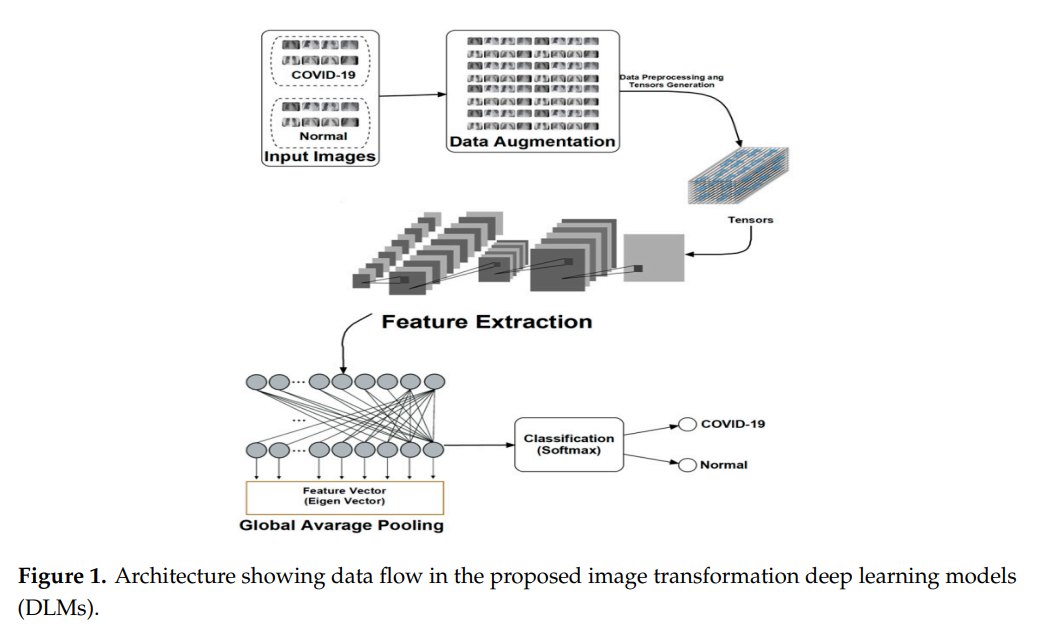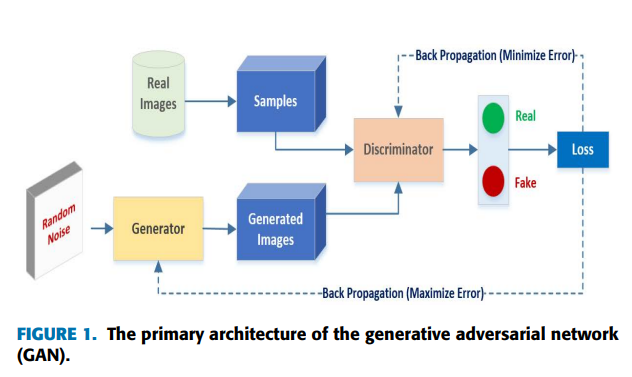Breadcrumb

Deploying machine and deep learning models for efficient data-augmented detection of COVID-19 infections
This generation faces existential threats because of the global assault of the novel Corona virus 2019 (i.e., COVID-19). With more than thirteen million infected and nearly 600000 fatalities in 188 countries/regions, COVID-19 is the worst calamity since the World War II. These misfortunes are traced to various reasons, including late detection of latent or asymptomatic carriers, migration, and inadequate isolation of infected people. This makes detection, containment, and mitigation global priorities to contain exposure via quarantine, lockdowns, work/stay at home, and social distancing that are focused on “flattening the curve”. While medical and healthcare givers are at the frontline in the battle against COVID-19, it is a crusade for all of humanity. Meanwhile, machine and deep learning models have been revolutionary across numerous domains and applications whose potency have been exploited to birth numerous state-of-the-art technologies utilised in disease detection, diagnoses, and treatment. Despite these potentials, machine and, particularly, deep learning models are data sensitive, because their effectiveness depends on availability and reliability of data. The unavailability of such data hinders efforts of engineers and computer scientists to fully contribute to the ongoing assault against COVID-19. Faced with a calamity on one side and absence of reliable data on the other, this study presents two data-augmentation models to enhance learnability of the Convolutional Neural Network (CNN) and the Convolutional Long Short-Term Memory (ConvLSTM)-based deep learning models (DADLMs) and, by doing so, boost the accuracy of COVID-19 detection. Experimental results reveal improvement in terms of accuracy of detection, logarithmic loss, and testing time relative to DLMs devoid of such data augmentation. Furthermore, average increases of 4% to 11% in COVID-19 detection accuracy are reported in favour of the proposed data-augmented deep learning models relative to the machine learning techniques. Therefore, the proposed algorithm is effective in performing a rapid and consistent Corona virus diagnosis that is primarily aimed at assisting clinicians in making accurate identification of the virus. © 2020 by the authors. Licensee MDPI, Basel, Switzerland. This article is an open access article distributed under the terms and conditions of the Creative Commons Attribution (CC BY) license (http://creativecommons.org/licenses/by/4.0/).



